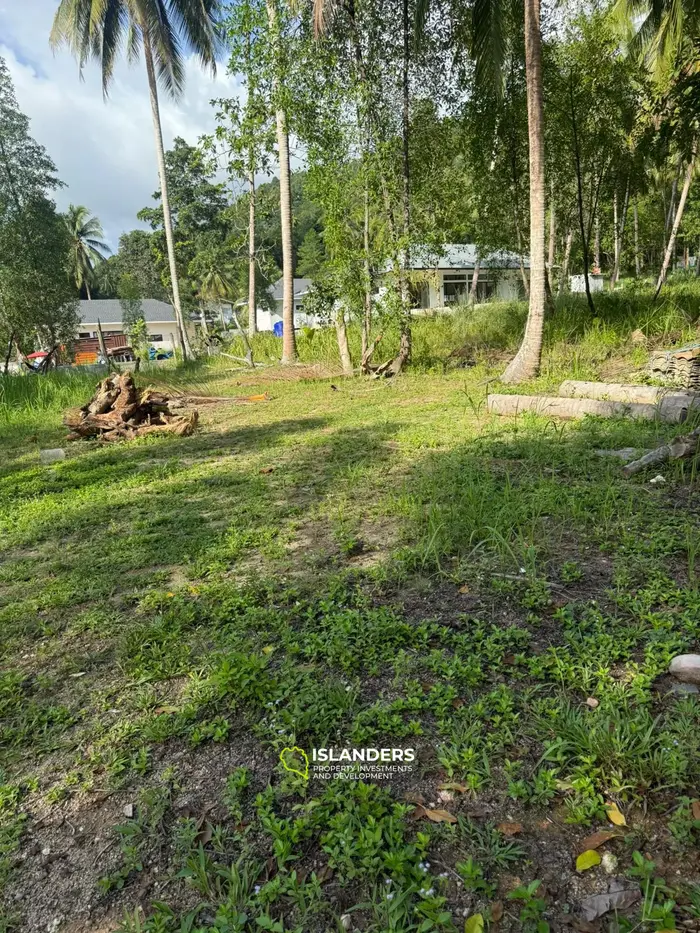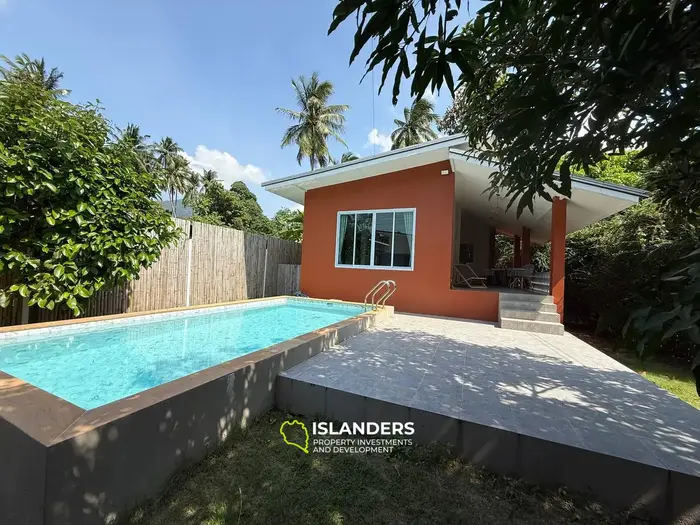7-Eleven: The History of the Largest Convenience Store Chain, Interesting Facts, and Global Presence
Introduction
Anyone who has ever been to Thailand knows that 7-Eleven is a Love Mark. Everyone loves these small stores, where you can sit inside with a coffee and ice cream or even buy a pack of cheese sausages and ask to have them heated in the microwave.
7-Eleven is the world's largest convenience store chain operating 24/7. Since its founding in 1927 in the United States, the company has grown into a global retail giant, boasting over 84,000 stores in 19 countries. Today, 7-Eleven is an integral part of daily life for millions of people, offering a wide range of products and services—from coffee and snacks to payment services and delivery.
In this article, we will explore the history of the company, key milestones in its development, its success in Southeast Asia, and interesting facts about 7-Eleven. At the end of the article, you will find a detailed table showing the distribution of stores by country.
The History of 7-Eleven: From Selling Ice to a Global Retail Giant
The Beginning (1927–1946)
The history of 7-Eleven began in 1927 in Dallas, Texas, when Southland Ice Company started selling essential groceries—milk, bread, and eggs—directly from its ice storage facilities. At that time, not everyone had refrigerators, so customers appreciated the convenience of buying fresh groceries near their homes.
In 1928, the chain was named Tote’m Stores, as customers would "tote" (carry) their purchases. Soon, the stores began installing totem poles in a Native American style in front of their locations to enhance brand recognition.
After World War II, the company decided to rebrand. In 1946, it adopted the name 7-Eleven to reflect its new operating hours—7 AM to 11 PM—a revolutionary move at the time.

Transition to 24/7 Operations (1960s–1980s)
In 1963, a 7-Eleven franchisee in Austin, Texas, decided to keep his store open 24/7 due to high nighttime demand. This format proved so successful that the entire chain soon adopted the 24-hour model.
During this period, 7-Eleven also began expanding internationally. The first stores opened in Canada (1969), Mexico (1976), Japan (1974), and Taiwan (1980). The Japanese market, in particular, experienced rapid growth, surpassing the American market.
Japanese Success and Change of Ownership (1990s–2000s)
By the late 1980s, 7-Eleven's American operations faced financial difficulties. The Japanese company Ito-Yokado (now Seven & I Holdings) became the majority owner of the brand. With this transition, Japanese investors took over global expansion, introducing new innovations and service improvements.
In the 1990s and 2000s, 7-Eleven launched several technological advancements, including:
Automated checkout systems,
Hot beverages to-go (the first brand to introduce the coffee-to-go concept),
An expanded selection of ready-to-eat meals.
Expansion in Southeast Asia and Success in Thailand
7-Eleven saw its greatest growth in Southeast Asia, particularly in Thailand. The first Thai store opened on June 1, 1989, in Bangkok. Today, there are over 13,800 stores in the country, making Thailand the second-largest market after Japan.

Features of 7-Eleven in Thailand:
Ability to pay electricity, phone, and internet bills.
Hot Thai meals (noodles, rice with meat, soups).
Food and product delivery via mobile apps.
Use of robots and automated checkout systems.
In 2022, 7-Eleven in Thailand generated over 335 billion baht in revenue.
Interesting Facts About 7-Eleven
The largest retail chain in the world
7-Eleven has twice as many stores as McDonald's.
Why is it called 7-Eleven?
In 1946, the company wanted to highlight its extended hours (7:00 AM – 11:00 PM). Later, most stores transitioned to 24/7 operations.
Slurpee – The Iconic 7-Eleven Drink
In 1965, 7-Eleven introduced Slurpee, a frozen carbonated beverage that became a cultural phenomenon in the U.S. and Canada.
Free Slurpee Day
Every year on July 11 (7/11), the chain gives away free Slurpees.
7-Eleven in Asia is more than just a store
In Japan and Thailand, 7-Eleven sells medicine, accepts bill payments, and even offers banking services.
7-Eleven failed in Indonesia
In 2017, the chain exited Indonesia due to weak demand and strong competition.
Distribution of 7-Eleven Stores by Country
The table below provides a retrospective look at the growth of 7-Eleven stores in key countries:
| Country | Year of Entry | Number of Stores (2022) |
|---|---|---|
| Japan | 1974 | 21,210 |
| USA | 1927 | 13,000 |
| Thailand | 1989 | 13,840 |
| South Korea | 1989 | 11,067 |
| Taiwan | 1980 | 7,000+ |
| Mexico | 1976 | 1,801 |
| China | 1992 | 2,582 |
| Philippines | 1984 | 2,864 |
| Malaysia | 1984 | 3,225 |
| Canada | 1969 | 650 |
| Australia | 1977 | 696 |
| Singapore | 1983 | 393 |
| Hong Kong | 1981 | 1,000 |
| Norway | 1986 | 152 |
| Sweden | 1978 | 84 |
| Denmark | 1993 | 170 |
| Vietnam | 2017 | 45 |
| India | 2021 | 44 |
| UAE | 2015 | 13 |
Conclusion
7-Eleven is more than just a convenience store chain—it is a global phenomenon. From a small ice store in Texas to the world's largest 24/7 convenience store network, 7-Eleven continuously adapts, innovates, and grows. The brand has found remarkable success in Southeast Asia, where it has become an essential part of daily life for millions.

As the chain continues to evolve, integrating new technologies and digital services, its future promises even more innovations and expansion.






